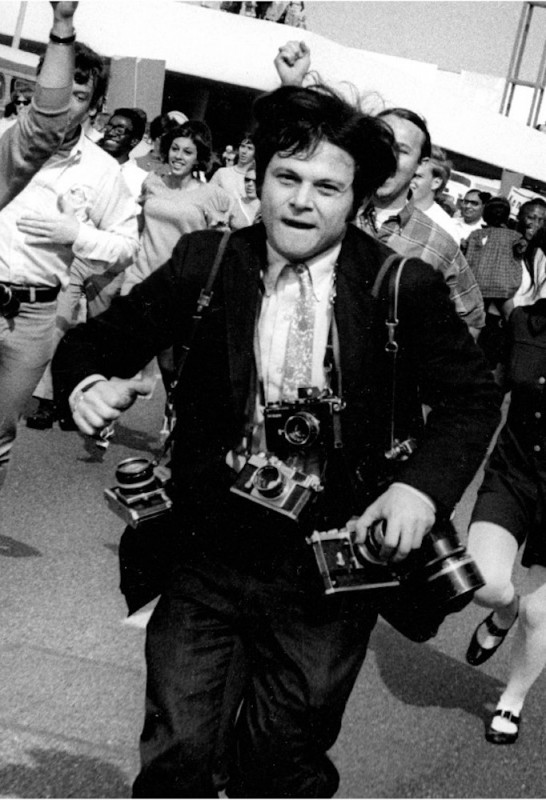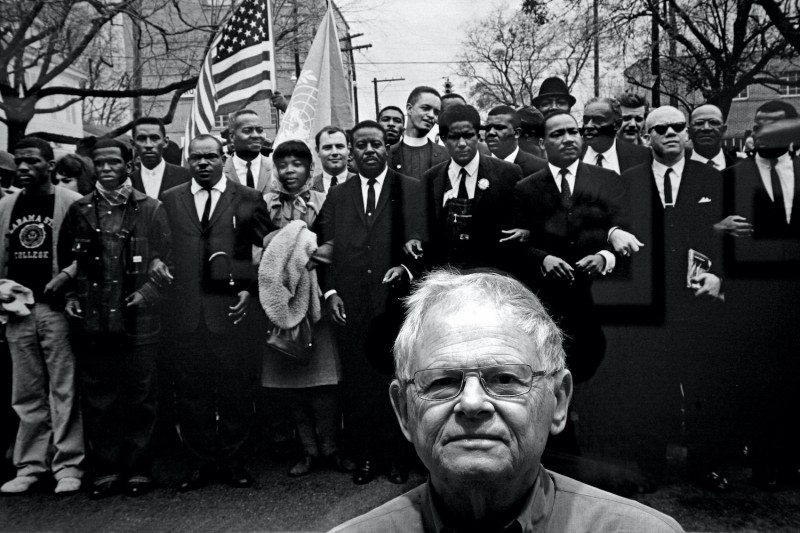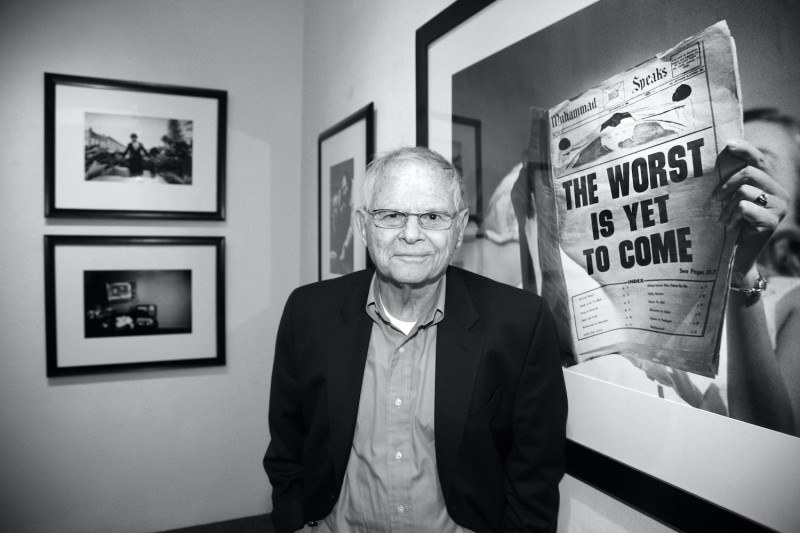Obituary: Steve Schapiro
Obituary: Steve Schapiro
January 21, 2022

Steve Schapiro traveling with Robert Kennedy, 1966 © Steve Schapiro; courtesy of Fahey/Klein Gallery, Los Angeles
“What sets Steve’s images apart from his colleagues is that, with each project, he managed to create memorable and indelible images, which is unusual in photojournalism,” David Fahey, long-term gallerist of Shapiro's work, wrote in his obituary. “His pictures are objective, but also interpretive. He is an expert storyteller with a single image, as well as with a photo essay – making images that are informational, emotional, and truth-telling.”
Schapiro was born in New York City in 1934, and was drawn to photography when still a child. He was delighted by Henri Cartier-Bresson and his proverbial “decisive moment”. After a small detour, via literature, he found his way back to photography, while working with photojournalist W. Eugene Smith, and in 1961 began working as a freelance photographer for the most important magazines at the time, including Life, Look, Vanity Fair, Paris Match, Newsweek, People, Time and Rolling Stone. He dedicated himself, above all, to capturing touching portraits of his fellow human beings with his humanistic imagery, rather than focusing primarily on celebrities.
At the beginning of the seventies, he expanded his interests to include the medium of film and its protagonists. In addition to taking stills for movies, such as The Godfather and Taxi Driver, he also took legendary portraits on the film sets or in more private settings. During the many decades of his career, he photographed directors and actors, but also many artists and musicians.
“I was fortunate in the assignments I asked for, and those that I received. I traveled with Bobby Kennedy, and did his campaign posters. I photographed the Selma March with Martin Luther King, Jr.; I did Andy Warhol in The Factory, and Muhammad Ali when he was still Cassius Clay. I photographed everything, from presidents to poodles,” the photographer reminisced in an interview with Matthias Harder, a couple of years ago.
Schapiro worked with a variety of different cameras over the years, including Leicas, though he pointed out that, “The secret to good photography is not in the equipment, but in the unique imagination and qualities of the photographer. Everyone sees in a unique way, and the more unique you are, the better your images.”
The photographer was able to continue working into advanced age – even documenting the Black Lives Matter protests, when he was already 85. The diversity and distinctiveness of his pictures have firmly established Shapiro's place in the history of American photojournalism. His oeuvre has long been honoured in many exhibitions and catalogues, and the photographer has received many awards.
Steve Schapiro died of cancer, passing away peacefully on Saturday, January 15, 2022, at home in Chicago, surrounded by his family. (Ulrich Rüter)

Steve Schapiro traveling with Robert Kennedy, 1966 © Steve Schapiro; courtesy of Fahey/Klein Gallery, Los Angeles

Steve Schapiro, July 11, 2010 © David Fahey, courtesy of Fahey/Klein Gallery, Los Angeles

Steve Schapiro, March 2008 © David Fahey, courtesy of Fahey/Klein Gallery, Los Angeles